How Safety Zones Protect Modern Urban Life
As cities grow denser and more complex, ensuring the safety and well-being of residents becomes a critical challenge. One effective strategy that urban planners and communities are increasingly adopting is the implementation of safety zones. These designated areas, thoughtfully designed and strategically placed, serve to protect pedestrians, manage traffic, and foster community cohesion. Understanding how safety zones function and their evolution over time reveals their vital role in shaping safer, more livable cities.
1. Introduction to Safety Zones in Urban Environments
a. Definition and Purpose of Safety Zones
Safety zones are designated areas within urban settings designed to mitigate risks associated with traffic, pedestrian movement, and social interactions. They typically include physical features such as barriers, signage, and landscaping that guide behavior and prevent accidents. The primary purpose is to create safer environments by reducing conflicts between vehicles and pedestrians, providing clear visual cues, and fostering a sense of security.
b. Historical Evolution of Safety Measures in Cities
Historically, urban safety measures began with simple street lighting and traffic signs. Over the 20th century, innovations such as traffic signals, crosswalks, and curb extensions emerged, reflecting a growing understanding of urban safety. Modern safety zones now incorporate advanced technologies and urban design principles, transitioning from reactive safety measures to proactive, holistic approaches that integrate community needs and environmental sustainability.
c. Overview of Key Benefits for Urban Populations
- Enhanced safety for pedestrians and cyclists
- Reduced traffic accidents and fatalities
- Improved accessibility and mobility
- Promotion of community interaction
- Environmental benefits through green integrations
2. Core Concepts Behind Safety Zones
a. How Physical Barriers and Design Promote Safety
Physical barriers such as bollards, planters, and curb extensions serve to physically delineate safe areas for pedestrians and cyclists. Thoughtful urban design employs features like raised crosswalks, textured pavements, and visual cues to guide movement and deter reckless driving. For example, in many cities, tactile paving indicates crossing points, enhancing safety for visually impaired pedestrians.
b. The Psychological Impact of Safety Zones on Residents
Well-designed safety zones contribute to residents’ perception of safety, encouraging more active outdoor participation and social engagement. Colors, lighting, and landscaping can evoke calming effects, reducing anxiety associated with traffic and street safety. For instance, calming colors like soft pinks or greens are often used in playground areas to create inviting spaces that encourage community use.
c. Examples of Safety Zones in Different Urban Settings
In downtown districts, pedestrian plazas with wide sidewalks and street furniture act as safety zones, reducing vehicle-pedestrian conflicts. Residential neighborhoods often feature traffic calming islands and parklets that serve dual roles as safety buffers and social spaces. Such diverse applications demonstrate the adaptability of safety zones across urban contexts.
3. The Role of Safety Zones in Enhancing Traffic and Pedestrian Safety
a. Traffic Management and Accident Prevention
Safety zones help regulate vehicle speeds and reinforce right-of-way rules. Features like curb extensions and chicanes slow down traffic, significantly decreasing the likelihood of accidents. Data from urban safety studies indicate that such measures can reduce pedestrian injuries by up to 40%.
b. Pedestrian Comfort and Accessibility Improvements
Designing safety zones with wide, unobstructed pathways, adequate lighting, and seating enhances comfort and accessibility. This encourages more walking and cycling, contributing to healthier lifestyles and reduced congestion. For example, in many cities, dedicated bike lanes and pedestrian refuges have become standard components of modern safety zones.
c. Case Study: How My Sweet Town Implements Traffic Safety Zones
In My Sweet Town, urban planners have prioritized safety zones such as pedestrian-friendly intersections, traffic calming street furniture, and green buffers. The town’s approach combines physical design with community outreach, resulting in a 25% decrease in pedestrian accidents over two years, exemplifying effective safety strategies.
4. Safety Zones as Social and Community Spaces
a. Creating Inclusive Environments for Diverse Populations
Safety zones can be designed to cater to various groups, including children, the elderly, and people with disabilities. Features like accessible ramps, sensory gardens, and seating areas foster inclusivity and ensure that all community members feel secure and comfortable in shared public spaces.
b. Encouraging Community Interaction and Cohesion
By transforming safety zones into vibrant social hubs—such as parks, plazas, and playgrounds—cities promote community cohesion. These spaces serve as venues for events, festivals, and casual gatherings, strengthening social bonds and civic pride.
c. Example: Community Parks and Play Areas in My Sweet Town
In My Sweet Town, community parks with designated play zones, shaded seating, and green corridors exemplify how safety zones foster social interactions. These parks are carefully integrated into the urban fabric, serving both recreational and safety functions.
5. Environmental and Aesthetic Considerations in Safety Zone Design
a. Integrating Green Spaces and Nature
Incorporating trees, shrubs, and natural elements into safety zones not only enhances aesthetics but also improves air quality and provides shade. Green buffers can act as noise barriers and reduce urban heat island effects, making cities more sustainable and comfortable.
b. Visual Cues and Color Psychology (e.g., Pink Colors for Calming Effects)
Color psychology plays a role in safety zone design. Soft pinks and blues are used in playgrounds and waiting areas to evoke calmness and reduce stress. Such visual cues subtly influence behavior, encouraging patience and attentiveness among users.
c. Material Choices and Safety Standards
Materials for safety zones—such as non-slip surfaces, impact-absorbing rubber, and durable fencing—are selected based on safety standards (e.g., ASTM, EN). These choices ensure longevity, safety, and minimal maintenance, which are vital for urban infrastructure.
6. Innovative Technologies Supporting Safety Zones
a. Smart Signage and Surveillance Systems
Adaptive signage that adjusts to traffic conditions and surveillance cameras enhances real-time safety management. These technologies help detect violations, monitor crowd density, and respond swiftly to emergencies.
b. Use of Data and AI for Dynamic Safety Management
Data analytics and artificial intelligence enable cities to optimize safety zones dynamically. For instance, AI can predict peak pedestrian flows and adjust traffic signals or deploy safety personnel accordingly, making urban environments more responsive and efficient.
c. Future Trends in Urban Safety Zone Development
Emerging trends include integrating autonomous vehicle infrastructure, augmented reality navigation aids, and IoT-connected street furniture. These innovations aim to create seamless, intelligent safety ecosystems that proactively adapt to urban dynamics.
7. Non-Obvious Factors that Enhance Safety Zone Effectiveness
a. Cultural and Behavioral Influences on Safety Perception
Local customs and public attitudes influence how safety zones are perceived and used. For example, communities with a strong tradition of street festivals may view safety zones as communal assets, fostering collective responsibility for their maintenance and respect.
b. Incorporating Local History and Identity into Design
Design elements that reflect local history or cultural identity can increase residents’ connection to safety zones. Murals, historical motifs, or traditional materials make these spaces more meaningful and encourage their preservation.
c. Educating Citizens About Safety Zone Usage and Benefits
Public awareness campaigns, signage, and community workshops are essential for maximizing safety zone effectiveness. Educated residents are more likely to respect designated areas, adhere to traffic rules, and participate actively in safety initiatives.
8. Case Examples and Practical Applications
a. How My Sweet Town Demonstrates Effective Safety Zones
As a modern illustration, My Sweet Town combines comprehensive safety zone planning with community engagement. Its pedestrianized streets, green buffers, and interactive signage exemplify best practices, resulting in measurable safety improvements and enhanced urban livability.
b. Lessons Learned from Other Cities’ Safety Initiatives
| City | Key Safety Measures | Outcome |
|---|---|---|
| Amsterdam | Bike lanes, traffic calming, green corridors | Reduced accidents by 30% |
| Copenhagen | Pedestrian zones, smart traffic lights | Increased pedestrian activity and safety |
c. Impact Assessment: Measuring Success of Safety Zones
Metrics such as traffic accident rates, pedestrian volume, and resident satisfaction surveys help evaluate safety zone effectiveness. Continuous monitoring allows cities to refine designs and policies, ensuring ongoing improvements.
9. Challenges and Limitations of Safety Zones in Modern Cities
a. Potential for Over-Restriction or Gentrification
Overly restrictive safety zones may limit access or contribute to gentrification, displacing lower-income residents. Balancing safety with inclusivity requires careful planning and community input.
b. Balancing Safety and Accessibility for All
Designs must accommodate people with disabilities, the elderly, and other vulnerable groups. Universal design principles ensure that safety zones serve the entire community effectively.
c. Addressing Maintenance and Funding Issues
Maintaining safety features and upgrading infrastructure require sustained funding. Public-private partnerships and community stewardship are strategies to ensure long-term viability.
10. Conclusion: The Future of Safety Zones in Urban Life
a. Emerging Trends and Innovations
Future developments include integrating AI for predictive safety management, expanding green infrastructure, and deploying autonomous vehicle-compatible zones. These innovations aim to make urban environments safer, smarter, and more sustainable.
b. The Importance of Community Engagement and Feedback
Active involvement of residents in safety zone planning ensures that spaces meet actual needs and foster a sense of ownership. Continuous feedback loops help refine safety strategies over time.
c. Final Thoughts on Creating Safer, More Harmonious Cities
Safety zones are not merely physical barriers but vital tools for building resilient, inclusive urban communities. When designed with care, informed by data, and supported by technology, they contribute significantly to the quality of urban life, paving the way for cities that are not only safer


